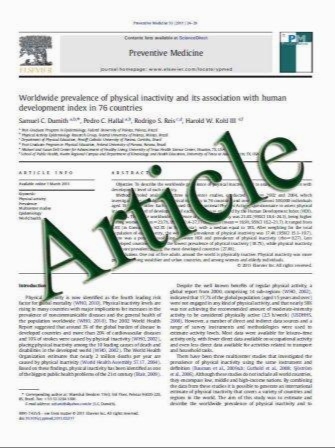Metabolic Syndrome after Bariatric Surgery. Results Depending on the Technique Performed
- نوع فایل : کتاب
- زبان : انگلیسی
- مؤلف : Jose Antonio Gracia-Solanas & M. Elia & V. Aguilella & J. M. Ramirez & J. Martínez & M. A. Bielsa & M. Martínez
- چاپ و سال / کشور: 2010
Description
Background There is a lack of long-term studies for metabolic syndrome after bariatric surgery. Our aim is to show the evolution of the parameters that define the metabolic syndrome after bariatric surgery, up to 10 years of follow-up, in order to clarify what technique gets better results with fewer complications. Methods The IDF definition of the metabolic syndrome was used for this study. One hundred twenty-five morbid obese and superobese patients underwent vertical banded gastroplasty. Two hundred sixty-five morbid obese and superobese patients had biliopancreatic diversion (Scopinaro and modified biliopancreatic diversions), and 152 morbid obese patients underwent laparoscopic gastric bypass. A mean follow-up of up to 7 years was done in all groups. Results Prior to surgery, metabolic syndrome was diagnosed in 114 patients of Scopinaro group (76%), in 85 patients of modified biliopancreatic diversion group (73.9%), in 81 patients of laparoscopic gastric bypass (53.4%), and in 98 patients of vertical banded gastroplasty (78.4%). When metabolic syndrome parameters were evaluated at 7 years of follow-up, owing to weight gain, these results changed nearby to preoperative values in both laparoscopic gastric bypass and vertical banded gastroplasty groups. Conclusion According to our results, the best technique to resolve metabolic syndrome is the modified biliopancreatic diversion. Due to its high morbidity, it only must be considered in superobese patients. In obese patients, the laparoscopic gastric bypass may be a less agressive choice, but it should be coupled with lifestyle changes to keep away from the weight gain in the long run. Restrictive procedures may be indicated only in a few well-selected cases.
OBES SURG (2011) 21:179–185 DOI 10.1007/s11695-010-0309-6 Published online: 16 November 2010


